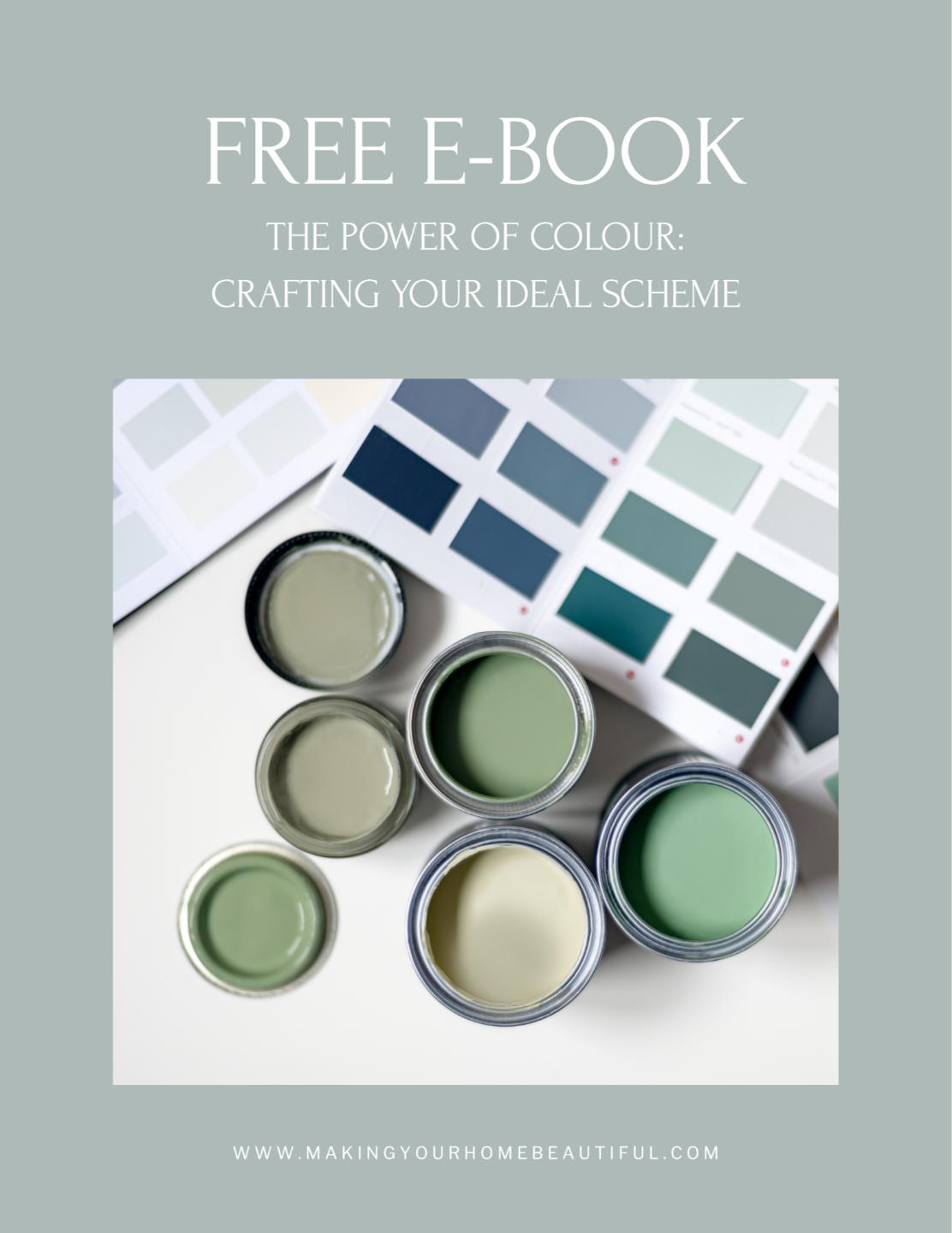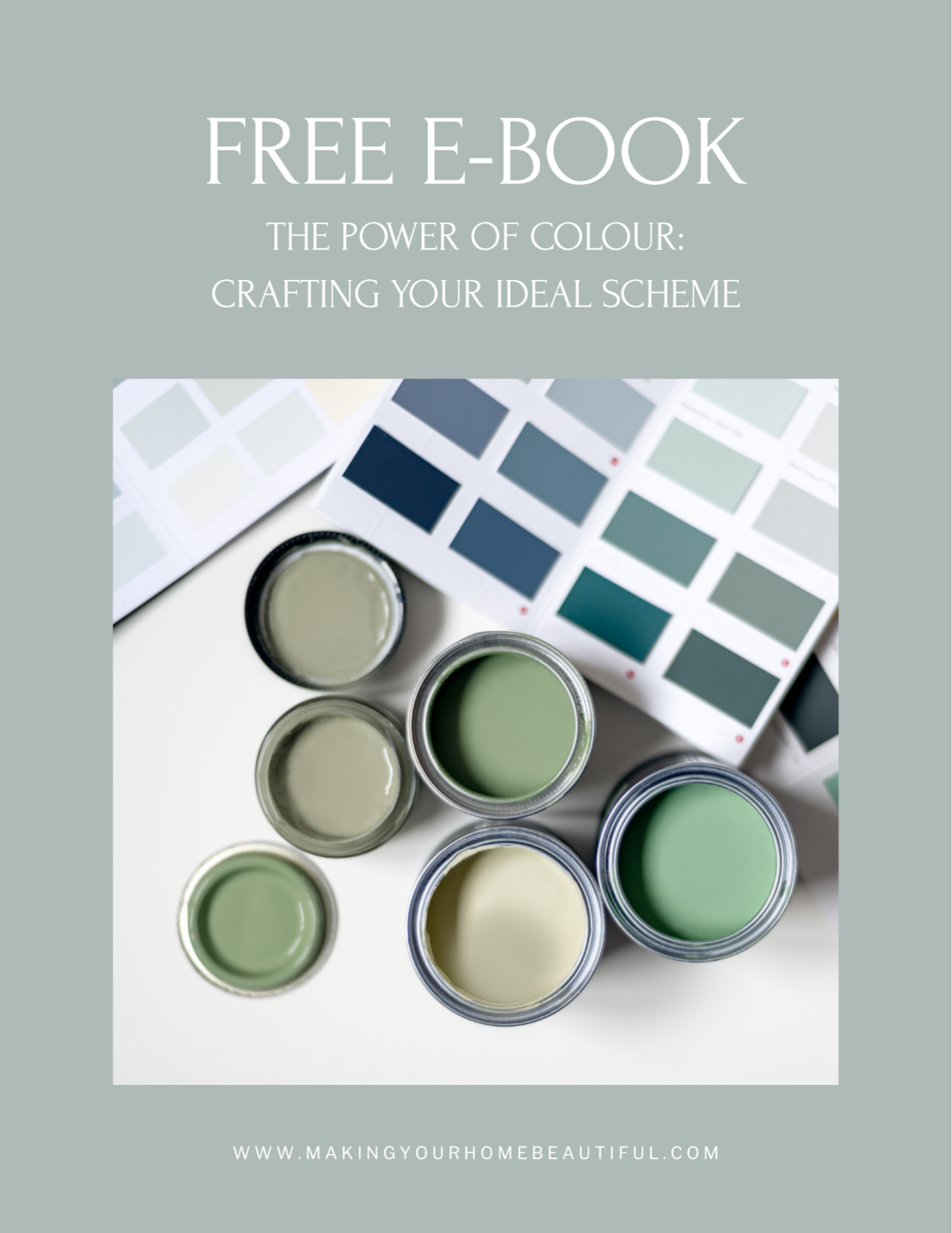
The cornice is the plaster detail that covers the join between the wall and the ceiling. It's an area that isn't usually paid a lot of attention until you have to select one or decide what you should paint it. There is a very straight forward answer in terms of painting and that is that it is usually treated the same as the ceiling. This is in terms of colour and finish. Ceiling paint should always be matt, as this is the best finish to hide any imperfections. It therefore follows that the cornice is painted in the same matt paint and colour as the ceiling. There are exceptions though which I will cover below.

I also have some fabulous examples of different cornices to show you too so that you have your answer ready when your builder asks you to choose.
Do I have to paint my cornice the same as the ceiling?
The answer is no - absolutely not. Colour and the tone (depth) of it can be a useful tool to manipulate the look and size of a room. If you have low ceilings, you can paint your cornice to match your wall colour, therefore lengthening the wall and making it appear higher.
Or if you want to create a really stunning look and lengthen your walls even in one with higher ceilings, this trick can work well here too. In the image below the curtains have been hung beautifully above the window and then by painting the cornice to match the wall, you create more painted wall above the curtains which in turn heightens the wall.
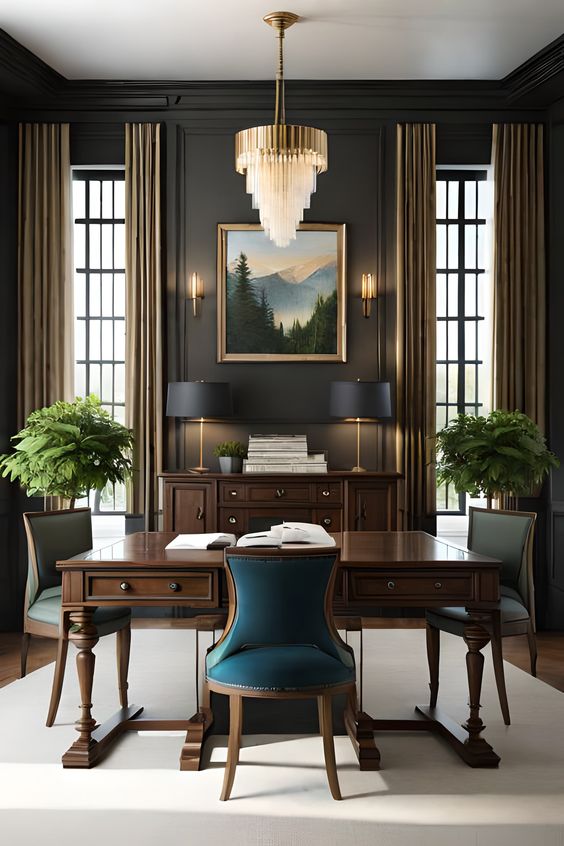
Below is another great example and this can be very effective with built in cabinetry and wall panelling.
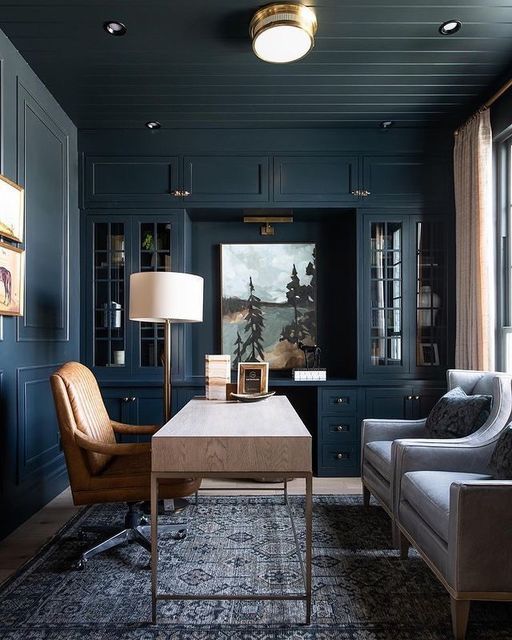
If you have very high ceilings and you would like the room to appear more cosy and intimate, you can paint your ceiling a dark colour. The cornice can be painted the same as the wall to prevent the look from being too heavy. You can paint just the top part of the wall to match the ceiling and cornice and install paneling as in the image below.
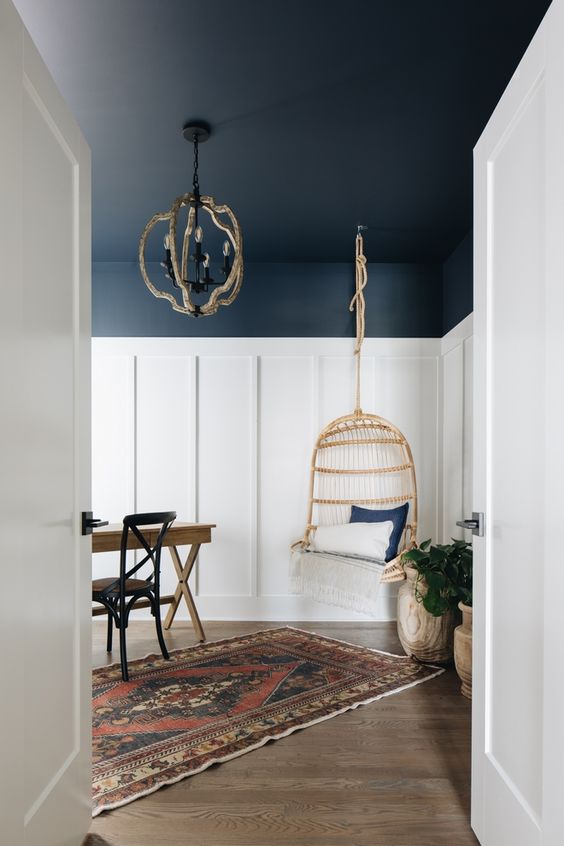
If you are painting the wall and ceiling the same colour, I usually recommend that you include the cornice rather than making this a statement.
The same trick can be applied to skirting boards. These are often painted in a contrast colour, usually white, but if painted the same as the wall, it will lengthen the space and make the wall appear more generous.
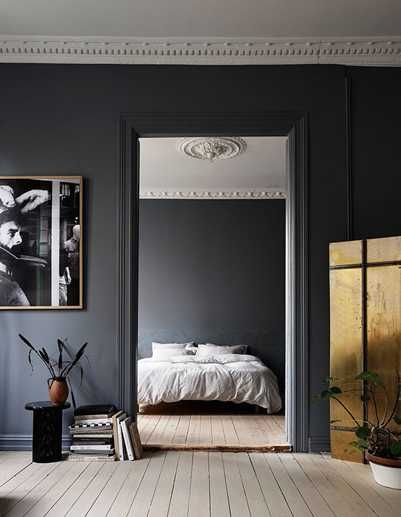
By painting walls, trim and internal doors all one colour, you create a cocooning effect. Occasionally in media rooms, you see this with the ceiling and cornice painted the same too. It's like being in a cave or a cinema!
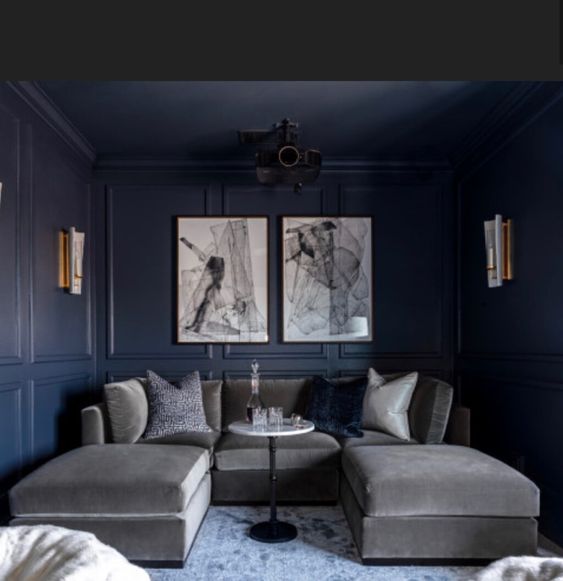
Is it a boring choice then to paint the cornice the same as the ceiling?
The answer again is no! It really is the standard approach that suits most houses. It's just good to be open to the possibilities and sometimes think outside the square. Contemporary homes often have square set ceilings which people find very appealing. This could also be seen as boring, but it is often the case in design that less is more. However, these come at a price as the plastering has to be exact. The reason we have a cornice is to cover up this join.
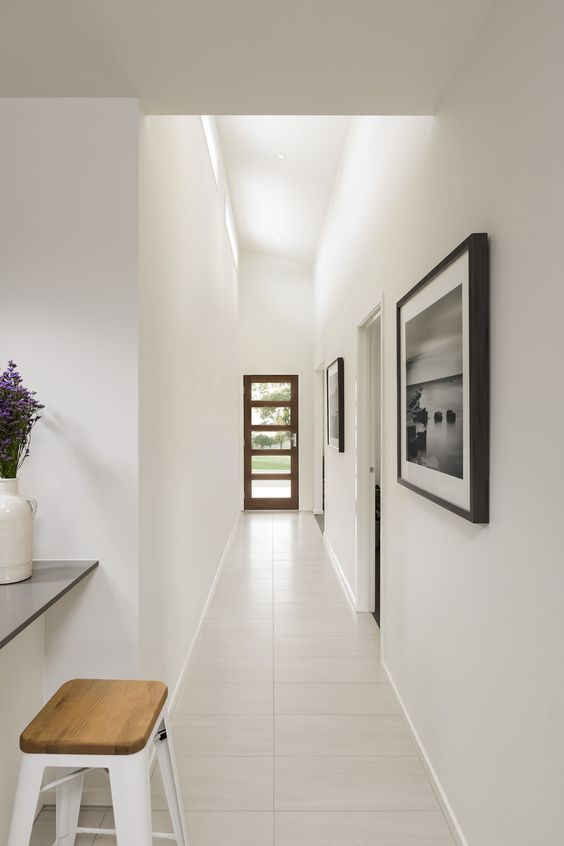
Adding a design element with cornice
Another reason to use cornice is that it can actually add a great design element to the space. We have seen the beautiful plaster work in older homes, where the ceilings were masterpieces in their own right. A square set ceiling is therefore only appropriate for very contemporary homes. A cornice can be a way of introducing some style into your new home, but you have to know which one to select to get the right look.
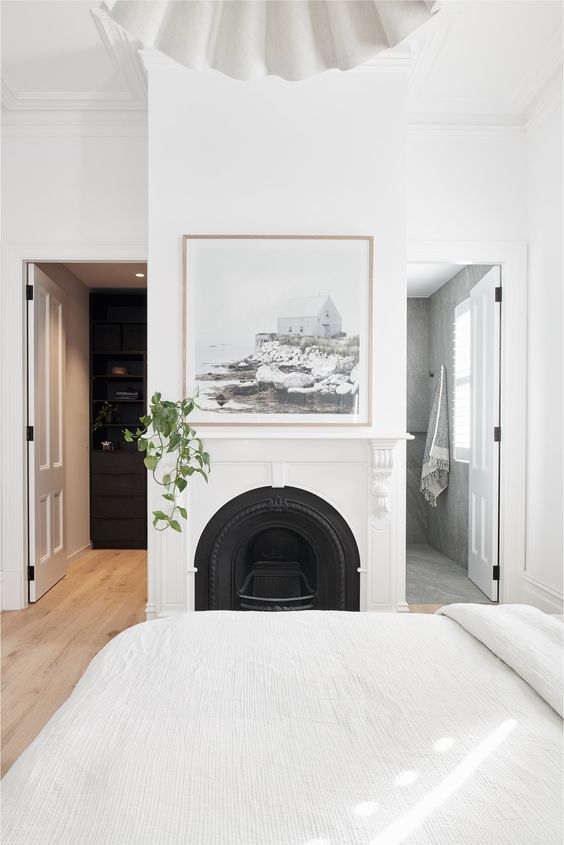
I have other related posts which you may be interested in:
What colour do I paint my ceiling?
What colour do I paint my internal doors?
What colour do I paint my skirting boards & architraves?
Stay connected with news and updates!
Join our mailing list to receive the latest news and updates from our team.
Don't worry, your information will not be shared.
We hate SPAM. We will never sell your information, for any reason.
